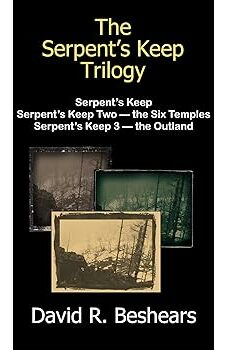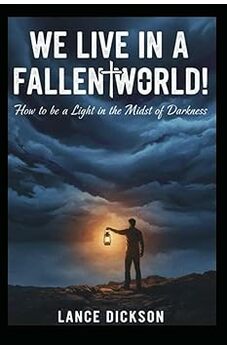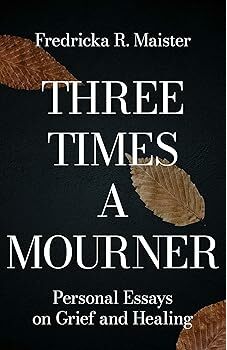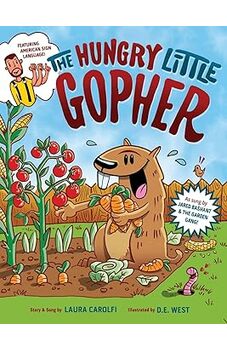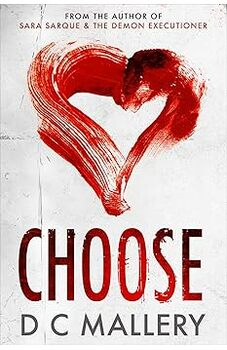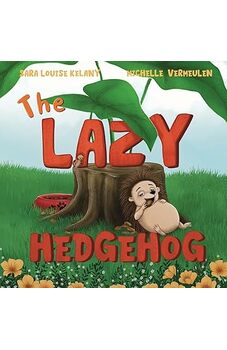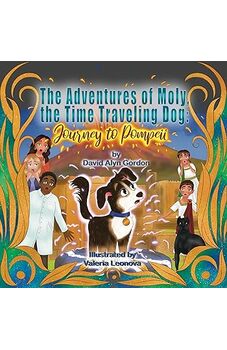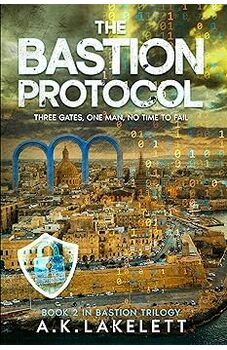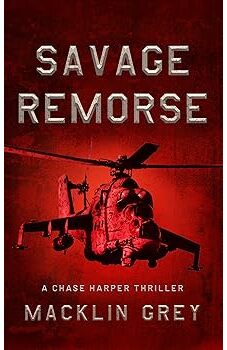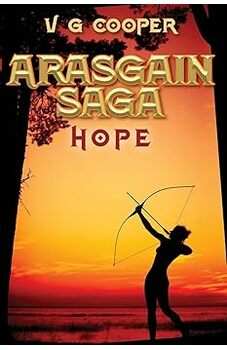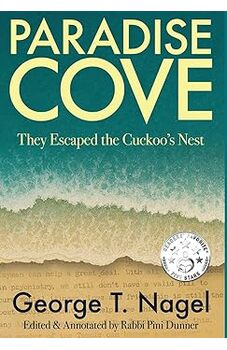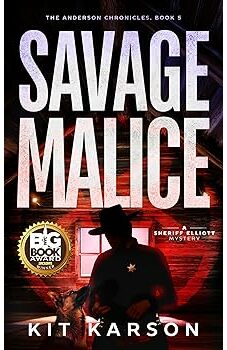Reviewed by Mansoor Ahmed for Readers' Favorite
Nothing to Laugh At by Bob "B.B." Widdop is an inspiring and heartfelt exploration of the transformative power of humor, especially in the face of life's most challenging moments. Bob "B.B." Widdop is a professional healthcare clown who shares his journey with personal anecdotes, poignant reflections, and tales of laughter brought to children, families, and hospital staff. Widdop illustrates how humor has transcended cultural and emotional barriers, from the founding role at the Big Apple Circus Clown Care Unit to his worldwide performances. The book delves into touching stories of hospital visits, including moments of connection with patients battling illness and families seeking solace. It's a moving narrative that underlines the healing power of compassion, creativity, and joy in health care, and it also provides an insider's view of the rigorous training and dedication needed for this special profession.
Bob "B.B." Widdop's writing is candid yet evocative, skillfully blending humor with heartfelt sincerity. The book is structured as a light-hearted memoir followed by deep reflections that balance the narrative and keep the reader interested and emotionally involved. The pace is deliberate, and laughter and introspection emerge naturally. The recurrent themes of empathy, resilience, and the importance of human connection are universally appealing. Widdop's stories about his experiences and coworkers provide evocative insights into the particular difficulties and victories of making people laugh when they are in need. Nothing to Laugh At is a must-read for those interested in knowing the depth at which humor interlocks with healing and as an endearing celebration of the human spirit.


